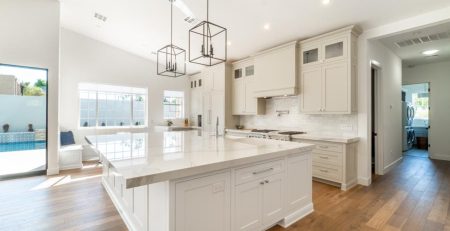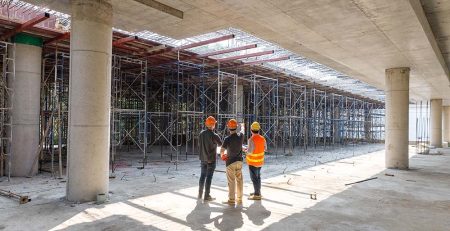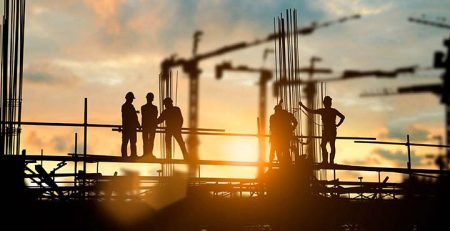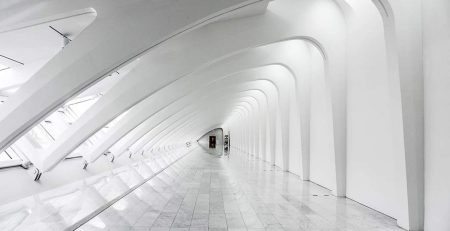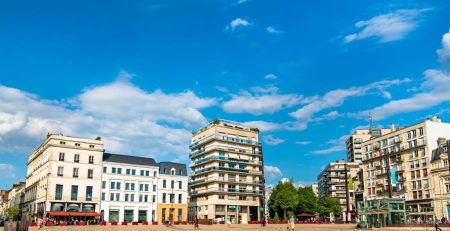What Role Does Community Feedback Play in Building Design?
Designing a building isn’t just about shapes, structures, and materials. It’s about people, their lives, and the spaces they call home or work. This is where community feedback steps in—not as an afterthought but as a core part of the process. Imagine a building that not only serves its purpose but feels like it belongs in its environment. Community input transforms this vision into reality.
Why Community Feedback Matters
Community members are experts in their own right. They know the rhythm of their neighborhood, the challenges they face daily, and the unique flavor that makes their community what it is. Architects and planners, however skilled, can’t always capture these nuances on their own.
- Humanizes the Design Process:
When a community contributes, it brings stories, dreams, and local pride to the table. This isn’t something you’ll find in any manual.
- Unveils Hidden Needs:
Every community has quirks. Maybe it’s a neighborhood that floods easily or one that suffers from a lack of green spaces. Community feedback highlights these issues before they turn into costly oversights.
- Increases Public Acceptance:
When people feel heard, they feel invested. A project shaped by community voices is more likely to receive support, cutting down on resistance and delays.
Real-World Examples of Community Input in Action
Take for example the design of parks. In many cities, urban planners have started to hold “idea fairs” where locals can drop by, discuss features they’d like, and even vote on concepts. In New York City’s High Line Park, community input was a driving force, pushing for the unique blend of urban greenery and preservation that the space now celebrates. This wasn’t a top-down decision—it was a grassroots effort that turned a piece of old railway into a social and cultural gem.
Another example is in housing developments, where community engagement has redefined the way buildings blend with their surroundings. By incorporating feedback on everything from parking needs to recreational areas, developers can create spaces that feel like natural extensions of the community rather than imposing structures.
Key Phases Where Community Feedback Shapes Design
Community feedback can shape almost every phase of building design, but here are some critical stages where it shines:
- Conceptual Design:
At this stage, architects lay down initial ideas. Here, feedback ensures the design fits local aesthetics and meets specific community needs.
- Planning and Zoning:
Feedback here can reveal what zoning changes the community might accept—or reject. It’s an early check on possible conflicts and can lead to smoother approvals.
- Design Development:
Detailed plans are created, and this is the time for feedback on specifics. Lighting, noise management, green spaces—these details can make or break how a community feels about a project.
- Post-Completion:
Community feedback doesn’t stop after a building opens. In fact, it’s the ideal time to gather insights for future projects, learning from what went right and what could improve.
How Feedback Transforms the Built Environment
Community feedback isn’t just about minor tweaks—it can steer the whole vision.
Community feedback can lead to spaces that serve unique, localized purposes. A library may double as a community center, a park as an event space, or a building’s lobby as an art gallery showcasing local talent.
Often, communities voice needs for features that cater to specific groups—like wheelchair ramps, sensory-friendly areas, or more accessible public transport links nearby. Without this input, many of these essentials might be overlooked.
Conclusion
Community feedback in building design is more than a checkbox in the planning process. It’s the bridge between a designer’s vision and the community’s heartbeat. When architects and communities collaborate, they create spaces that truly fit—a blend of utility, beauty, and soul. It’s the difference between a building that stands apart and one that stands with its people.


